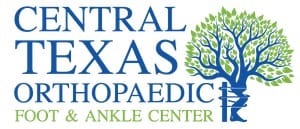Why Should I See an Orthopedic Doctor?

The most common reason you may visit an orthopedic (or orthopaedic) doctor is because of pain. You have muscle, joint or bone pain that began after an accident or injury. You may have worsening pain after a workout or injured yourself during physical activity. You have a stiff back after sitting for too long. You have a torn or ruptured tendon.
However, orthopedic doctors can also treat a myriad of other conditions and help with the prevention of pain. Let’s explore other common reasons to visit an orthopedic doctor.
Orthopedic doctors can help manage or eliminate pain.
Orthopedic doctors specialize in the entire musculoskeletal system. This means they understand the different joints, muscles, bones, tendons, ligaments and tissue and how they work together. Understanding this allows orthopedic doctors to diagnose the cause and source of different types of pain and develop a plan to manage it. Pain can be sharp, dull, chronic or acute and orthopedic doctors can determine all the parts of the musculoskeletal system that play a role in the type of pain you’re feeling. Their job is to help reduce, manage or eliminate the pain through both surgical and nonsurgical processes like physical therapy.
Orthopedic doctors can help improve range of motion.
As we get older or often after an injury, we can lose some of our range of motion. Performing everyday tasks can become challenging and frustrating if range of motion is limited. Regaining range of motion can also be difficult. This is where an orthopedic doctor can help. Through physical therapy and sometimes surgery by an orthopedic doctor, range of motion can be restored.
Orthopedic doctors can help prevent injuries or fix injuries suffered from an accident or other physical activities.
Many people suffer injuries due to accidents or other physical activities. A sprained ankle, broken foot, torn knee ligament or tendon, dislocated shoulder or muscle sprain are all common injuries suffered by many athletes. When athletes suffer these kind of injuries, surgery may be required. An orthopedic doctor can recommend or even perform surgeries, if necessary, to repair theses injuries. After surgery, an orthopedic doctor may also recommend physical therapy to aid in the healing of an injury.
In many cases, however, athletes want to simply prevent injury. Some athletes have suffered a previous injury and want to prevent any future injuries by strengthening their muscles. In these cases, an orthopedic doctor can recommend physical therapy or exercises to improve strength, function and mobility.
Orthopedic doctors can treat musculoskeletal conditions.
Musculoskeletal disorders are injuries or disorders of the muscles, nerves, tendons, joints, cartilage and spinal discs. Examples of musculoskeletal disorders or injuries a foot and ankle orthopedic doctor sees include:
- foot and ankle sprains
- plantar fasciitis
- achilles tendon rupture
- foot and ankle arthritis
- tendonitis and tendonosis
- hammer toe
- bunion
These conditions can significantly reduce mobility and dexterity and overall functioning in daily life, limiting people’s ability to work. Some orthopedic conditions are chronic. This means they can last months or even years and progressively get worse over time. Some are related to overuse or age, and some are genetic. Fortunately, there are effective treatments for most chronic orthopedic disorders. Treatment programs will depend on age and the severity of the condition. An orthopedic doctor may recommend RICE method (rest, ice, compression, elevation), physical therapy, medication, surgery or a combination of these.
At Central Texas Orthopaedic Foot and Ankle Center, Dr. Bednarz and our staff are available to assess your pain and help develop a plan to manage it. Call us today.

